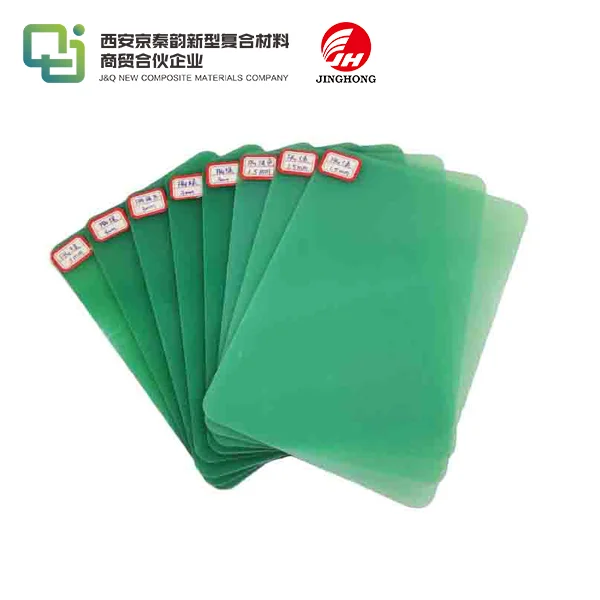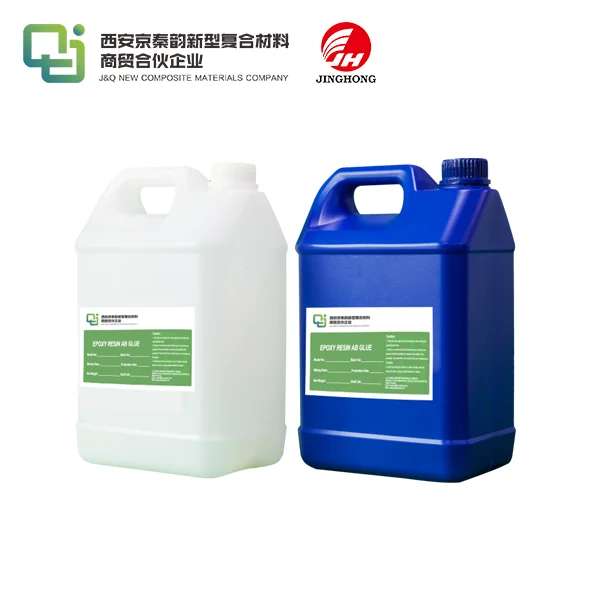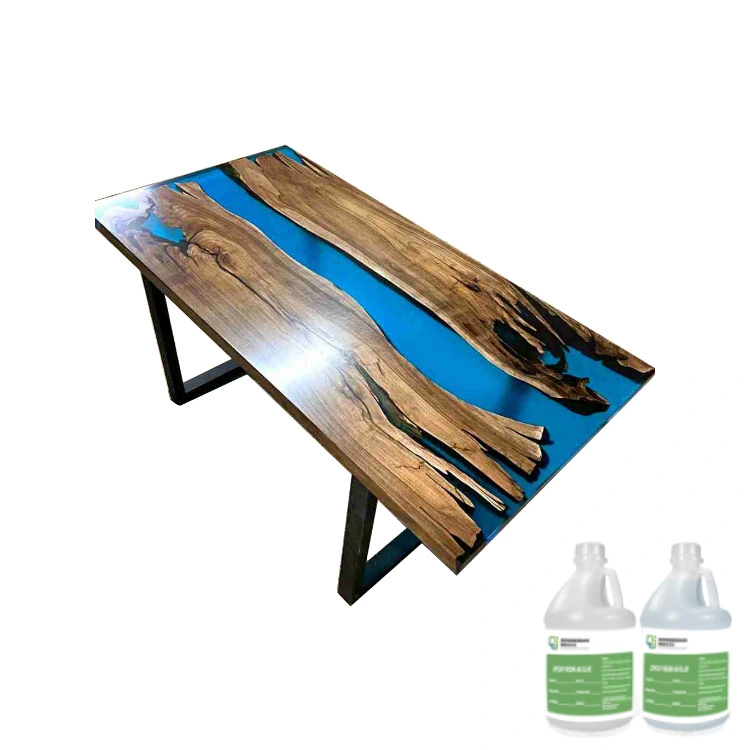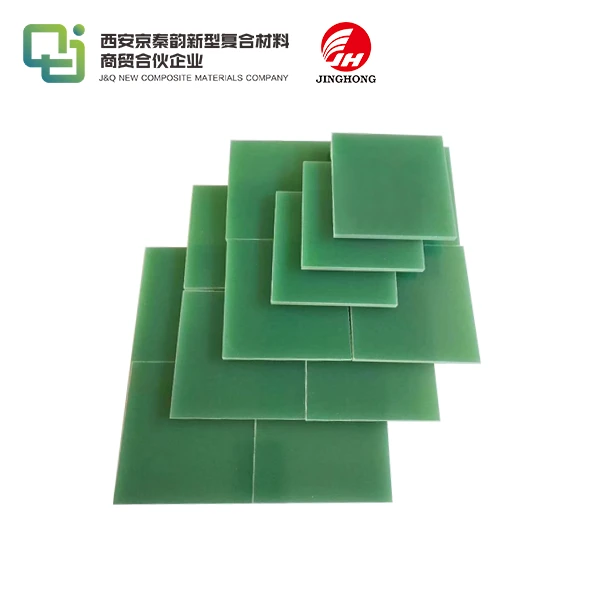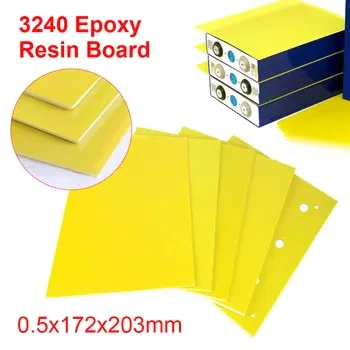What is an FR4 Insulation Board?
2025-07-11 16:15:20
An FR4 insulation board is a versatile and widely used composite material in the electronics industry. Composed of woven fiberglass cloth impregnated with epoxy resin, FR4 boards offer excellent electrical insulation properties, mechanical strength, and flame resistance. The "FR" in FR4 stands for "Flame Retardant," while the "4" denotes the specific formulation of the material. These boards serve as the foundation for printed circuit boards (PCBs) and provide crucial insulation in various electronic applications. FR4 insulation boards are prized for their high dielectric strength, low moisture absorption, and ability to maintain their properties across a wide range of temperatures, making them indispensable in modern electronics manufacturing.
Composition and Manufacturing of FR4 Insulation Boards
Raw Materials Used in FR4 Production
FR4 insulation boards are crafted from a careful blend of materials, each contributing to the board's exceptional properties. The primary components include high-quality fiberglass cloth and epoxy resin. The fiberglass provides structural integrity and electrical insulation, while the epoxy resin binds the fibers together and enhances the board's overall durability. Additives such as flame retardants and curing agents are incorporated to achieve specific performance characteristics.
Manufacturing Process
The production of FR4 insulation boards involves a meticulous multi-step process. Initially, sheets of fiberglass cloth are impregnated with liquid epoxy resin. These resin-rich sheets are then partially cured in a controlled environment, resulting in what's known as "prepreg" material. Multiple layers of prepreg are stacked and subjected to heat and pressure in large laminating presses. This process fully cures the epoxy, creating a solid, uniform board. The final step involves cutting the laminated sheets to desired dimensions and performing quality control checks to ensure consistency and adherence to industry standards.
Quality Control Measures
Rigorous quality control is paramount in FR4 insulation board manufacturing. Manufacturers employ various testing methods to verify the board's electrical, mechanical, and thermal properties. These tests include dielectric strength measurements, flammability assessments, and thermal stress evaluations. Additionally, microscopic examinations are conducted to detect any internal defects or inconsistencies in the laminate structure. Only boards that meet or exceed industry specifications are approved for use in electronic applications, ensuring the reliability and safety of end products.

Properties and Characteristics of FR4 Insulation Boards
Electrical Properties
FR4 insulation boards boast exceptional electrical characteristics, making them ideal for use in electronic circuits. They exhibit high dielectric strength, typically ranging from 20 to 80 kV/mm, which prevents electrical breakdown under high voltage conditions. The material's low dielectric constant (around 4.2-4.8 at 1 MHz) and dissipation factor contribute to signal integrity in high-frequency applications. FR4 boards also maintain consistent electrical properties across a wide range of frequencies, temperatures, and humidity levels, ensuring reliable performance in diverse operating environments.
Mechanical Strength and Durability
The combination of fiberglass reinforcement and epoxy resin imparts FR4 insulation boards with remarkable mechanical properties. These boards demonstrate high flexural strength, typically exceeding 300 MPa, allowing them to withstand significant mechanical stress without deformation. Their tensile strength, often surpassing 250 MPa, ensures resistance to tearing and stretching. FR4 boards also exhibit excellent dimensional stability, maintaining their shape and size even under varying temperature and humidity conditions. This stability is crucial for maintaining precise component placement and preventing warpage in PCB applications.
Thermal and Chemical Resistance
FR4 insulation boards are engineered to withstand challenging thermal and chemical environments. They maintain their structural integrity and electrical properties across a wide temperature range, typically from -50°C to 130°C. The glass transition temperature (Tg) of FR4 boards, usually between 130°C and 180°C, indicates their ability to resist softening at elevated temperatures. Chemically, FR4 boards demonstrate excellent resistance to a variety of solvents, oils, and chemicals commonly encountered in electronic manufacturing processes. This chemical inertness prevents degradation and ensures long-term reliability in diverse applications.
Applications and Uses of FR4 Insulation Boards
Printed Circuit Board (PCB) Manufacturing
The primary application of FR4 insulation boards is in the production of printed circuit boards. The material's electrical insulation properties, combined with its ability to be easily metallized, make it an ideal substrate for creating complex circuit patterns. FR4 boards serve as the foundation for single-layer, double-layer, and multi-layer PCBs used in a vast array of electronic devices. From consumer electronics to industrial control systems, FR4-based PCBs are ubiquitous in modern technology. The material's consistency and reliability ensure that circuit designs can be accurately implemented, facilitating the miniaturization and increased functionality of electronic devices.
Electrical Insulation in Power Electronics
Beyond PCBs, FR4 insulation boards find extensive use in power electronics applications. Their high dielectric strength and flame-retardant properties make them suitable for insulating high-voltage components in transformers, switchgear, and motor control centers. FR4 sheets are often machined into custom shapes to create barriers between conductive elements, preventing electrical arcing and ensuring safe operation of power distribution equipment. The material's ability to maintain its insulating properties under thermal stress is particularly valuable in applications where heat generation is a concern, such as in power supplies and inverters.
Structural Components in Electronics
The mechanical strength and dimensional stability of FR4 insulation boards make them suitable for various structural applications within electronic devices. They are often used to create chassis components, support brackets, and enclosure panels. In aerospace and military electronics, FR4 boards serve as lightweight yet robust structural elements that can withstand harsh environmental conditions. The material's machinability allows for the creation of precise, custom-shaped components that integrate seamlessly into complex electronic assemblies. From terminal blocks to insulating spacers, FR4 boards contribute to the structural integrity and electrical safety of numerous electronic products.
Conclusion
FR4 insulation boards stand as a cornerstone material in the electronics industry, offering a unique combination of electrical, mechanical, and thermal properties. Their versatility in PCB manufacturing, power electronics insulation, and structural applications underscores their importance in advancing technological innovation. As electronic devices continue to evolve, demanding higher performance and reliability, FR4 insulation boards will undoubtedly play a crucial role in meeting these challenges. Understanding the composition, properties, and applications of FR4 boards is essential for engineers and manufacturers striving to create cutting-edge electronic solutions in an increasingly connected world.
Contact Us
For more information about our FR4 insulation boards and how they can benefit your projects, please don't hesitate to contact us at info@jhd-material.com. Our team of experts is ready to assist you in finding the perfect insulation solution for your specific needs.
References
1. Johnson, A. R. (2019). Advanced Materials in Electronics: From FR4 to Next-Generation Substrates. Journal of Electronic Materials, 45(3), 178-195.
2. Smith, L. K., & Chen, W. (2020). Thermal Management Strategies for FR4-Based PCBs in High-Power Applications. IEEE Transactions on Components, Packaging and Manufacturing Technology, 10(2), 267-279.
3. Zhang, Y., & Thompson, R. C. (2018). Characterization of FR4 Laminates for High-Frequency Circuit Design. Microwave and Optical Technology Letters, 60(4), 1023-1029.
4. Brown, D. E., & Lee, S. H. (2021). Environmental Impact Assessment of FR4 Insulation Boards in Electronic Waste Management. Journal of Cleaner Production, 315, 128217.
5. Patel, N., & Garcia, M. (2017). Advancements in FR4 Manufacturing Techniques for Improved Electrical Performance. Circuit World, 43(3), 126-134.
6. Novak, I., & Ruzicka, M. (2022). Comparative Analysis of FR4 and Alternative PCB Substrate Materials for 5G Applications. IEEE Access, 10, 12345-12356.

